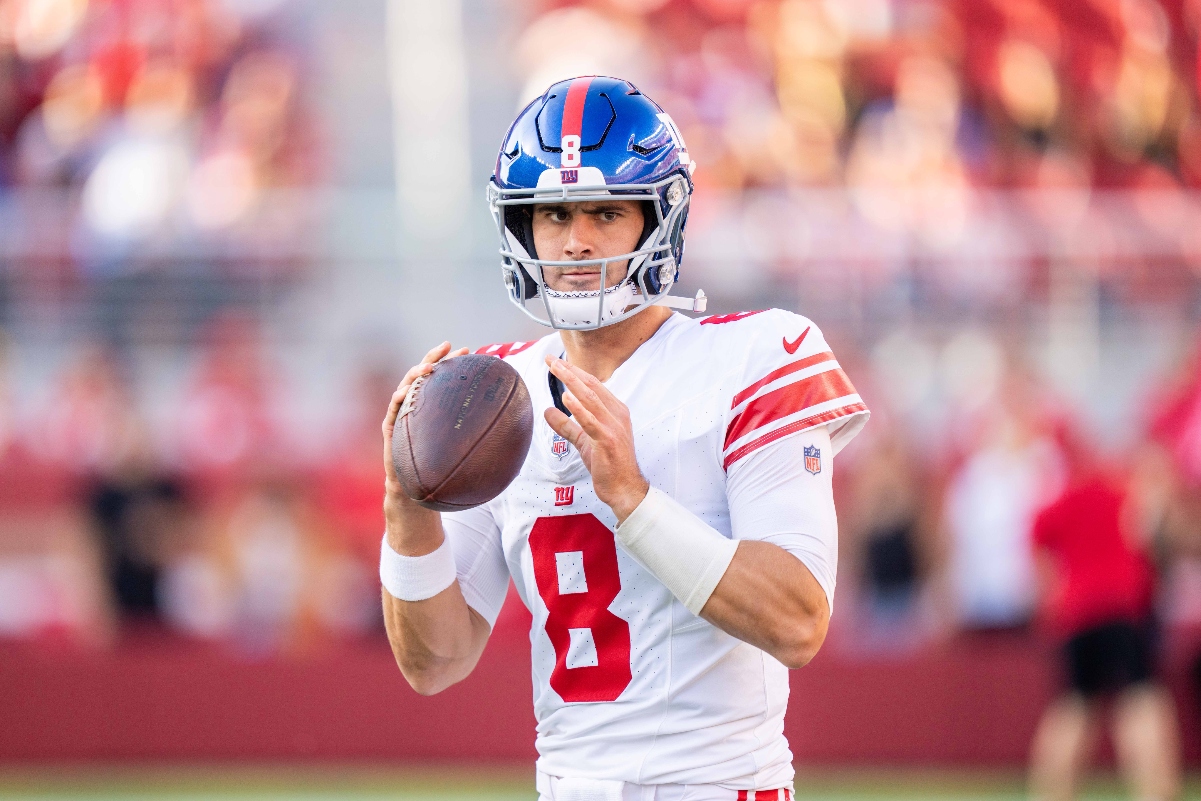For many Americans, the horror and gravity of Saturday night’s shooting at a rally for Donald Trump in Pennsylvania was quickly brought home by an image: the former president, blood streaking down his face, raising his fist in defiance.
Jobs
‘I have to do my job’: Photojournalists capture images of Trump shooting

“The pinnacle of photojournalism. A perfectly framed and composed image of historic breaking news,” New York Times journalist Matina Stevis-Gridneff wrote on X of Vucci’s photo.
As Trump began to speak on Saturday, four newsroom photographers had been arranged around the stage in an area known as the buffer, which was only five or 10 feet from the president. When the shooting began, the photographers scrambled to get to a better position to capture the chaos, potentially putting themselves in the line of fire in the process.
According to the photographers, the Trump team normally gives the pool of photographers about five minutes at the start of every campaign speech to take photos; in this case, because the shooting happened near the beginning of the event, the photographers were able to capture it from up close.
Vucci was on the left side of the stage and ran to where he thought Trump would exit after the shooting began, along with other photographers.
“The only thing I kept telling myself was: ‘Slow down. Slow down. Compose. Slow down.’” he said. “I knew I had to get this. This was such an important moment in American history. It needed to be documented. If you’re not keeping a level head, you can’t do the job.”
Vucci, a 20-year veteran of the wire service, said he wasn’t scared — even as some campaign staffers worried about a possible second shooter. “I never thought about it for a second,” he said. “I have to be there. I can’t hide. I can’t duck behind the stage. I have to do my job.”
Jabin Botsford, a photographer for The Washington Post, was moving from the back of the stage to the front when the shooting began.
“I heard the first pop, and I was like: ‘Oh, weird. Fireworks,’” he said. “It was super scary. Nobody knew what was going on. The president fell to the ground, and I was going to make a picture of it even though the staff was like, ‘You guys need to get down.’”
Botsford was also able to take a video of the aftermath because he was wearing Ray-Ban Meta smart glasses that can take 30-second videos, which he “somehow” remembered to turn on.
Times photographer Doug Mills was able to capture what appears to be the stream of the bullet in the air, as it whizzed by Trump’s head. Former Associated Press photographer Haraz N. Ghanbari called it “a remarkable photo.”
Mills, in an interview with the Times, said the pool photographers “were all jostling around in there trying to get our normal pictures,” until he heard what he thought was a popping noise made by a car. Trump “went down behind the lectern, and I thought, ‘Oh my God, something’s happened.’”
While he scrambled to get a better shot, Mills said he feared for his life. “At first I thought right away, ‘Could I be shot?’ It was scary. I’ve never been in a more horrific scene.”
Getty staff photographer Anna Moneymaker was able to capture Trump on the stage, seemingly taken between the legs of an officer.
The photographers received widespread praise for their work, particularly amid a violent and chaotic situation. “Their iconic photographs were immediately seen around the world and will be added to the indelible visual record of history,” said Jessica Koscielniak, president of the White House News Photographers Association. “Yesterday’s event only reinforces the critical importance and need for visual journalists to be present and in close proximity to candidates and elected officials.”
After the shooting, the photographers went to a holding tent for about 30 minutes, Mills said. They emerged to take pictures of the emptied field and the items that remained, including cellphones and a motorized wheelchair.
“We just walked into total emptiness,” Botsford said.
Vucci was among the photographers at the Associated Press who won a Pulitzer Prize in 2021 for coverage of the protests that followed the police killing of George Floyd in Minneapolis. He has also photographed combat in Iraq and Afghanistan, an experience he said helped him remain calm and composed.
“My job as a photographer is to just show the viewer, though my eyes, the world in front of me,” he said. “I felt like all of us did that.”
Botsford, like Vucci, got little time to rest or reflect on what happened Saturday.
“I’m still trying to process it all,” he said from his hotel in Milwaukee on Sunday. “There’s a lot going on in my head. It’s still, like, disbelief.”









